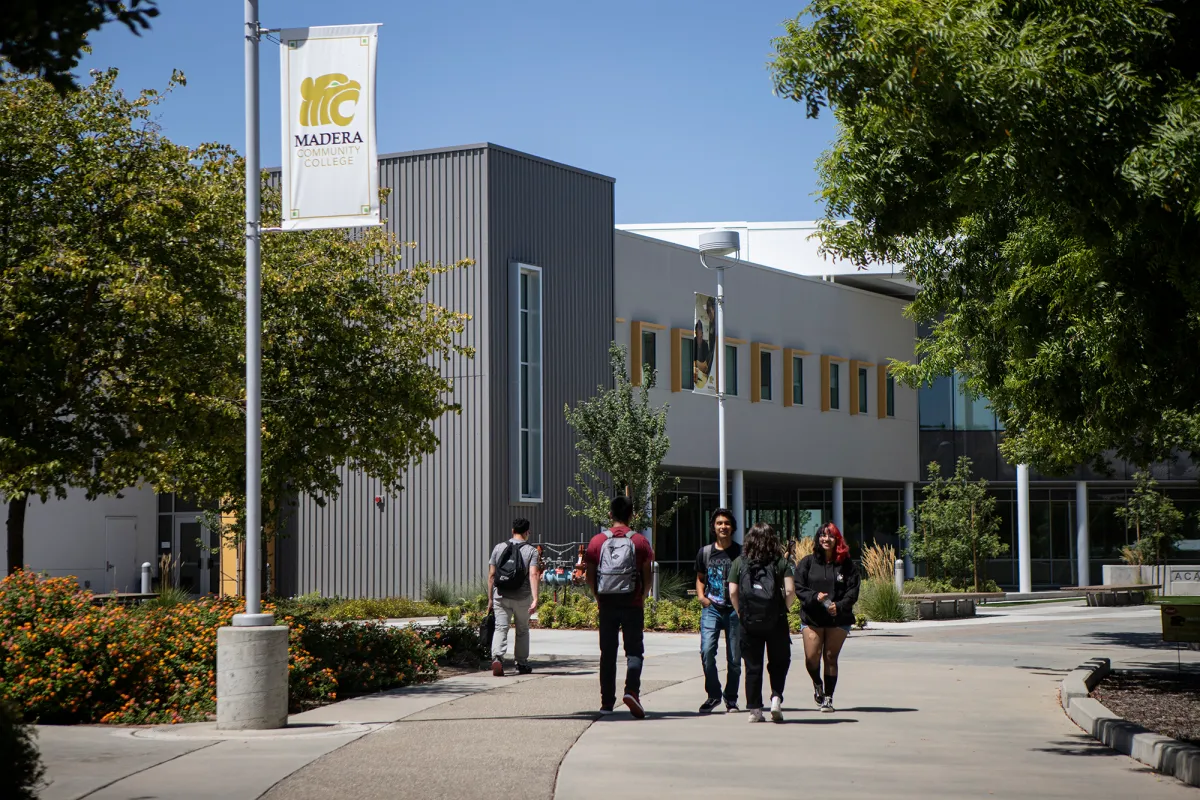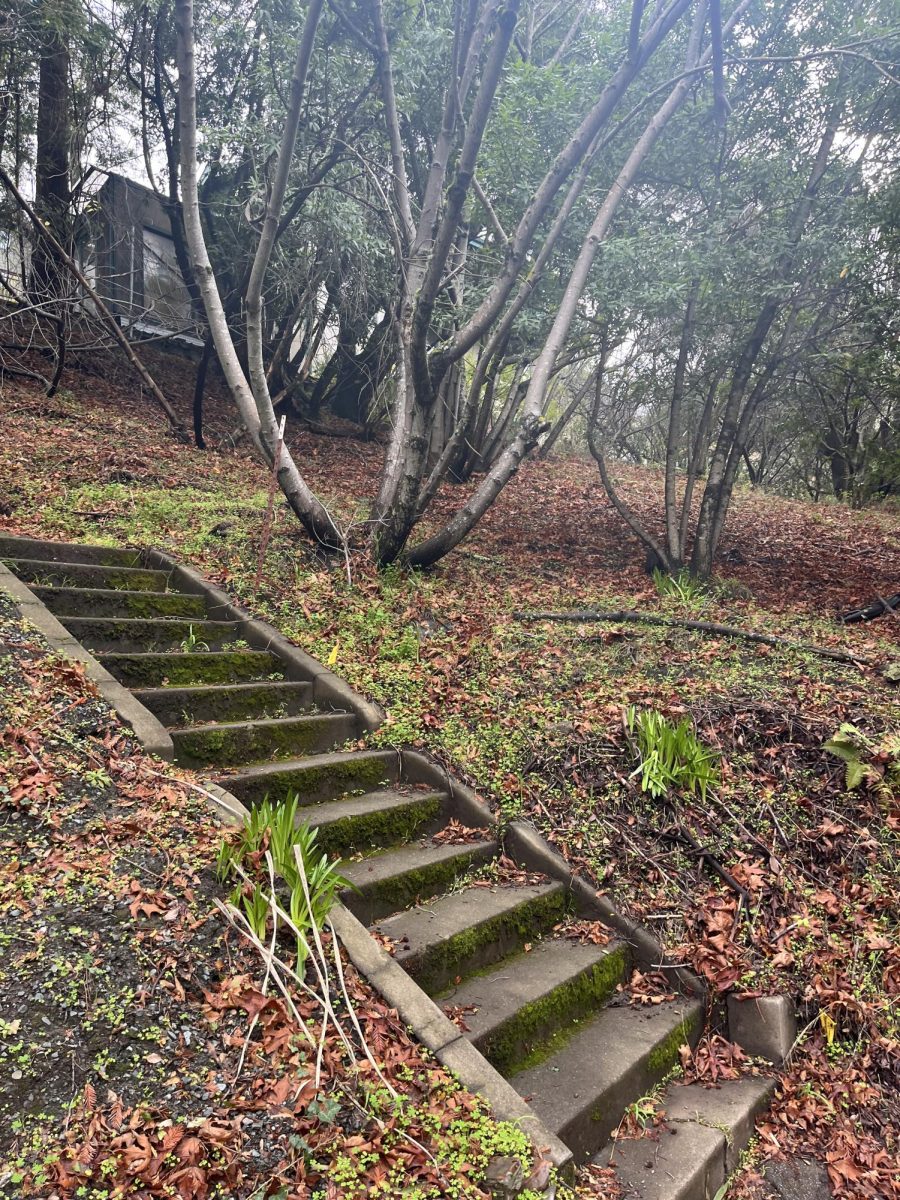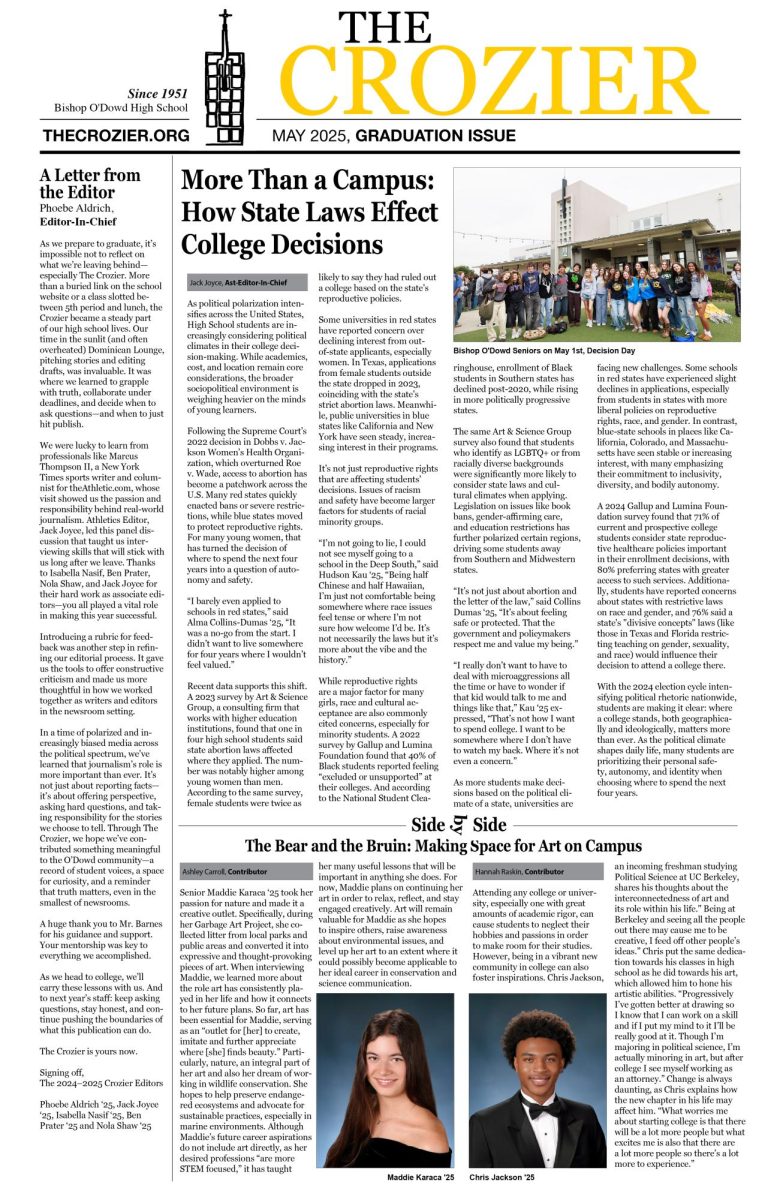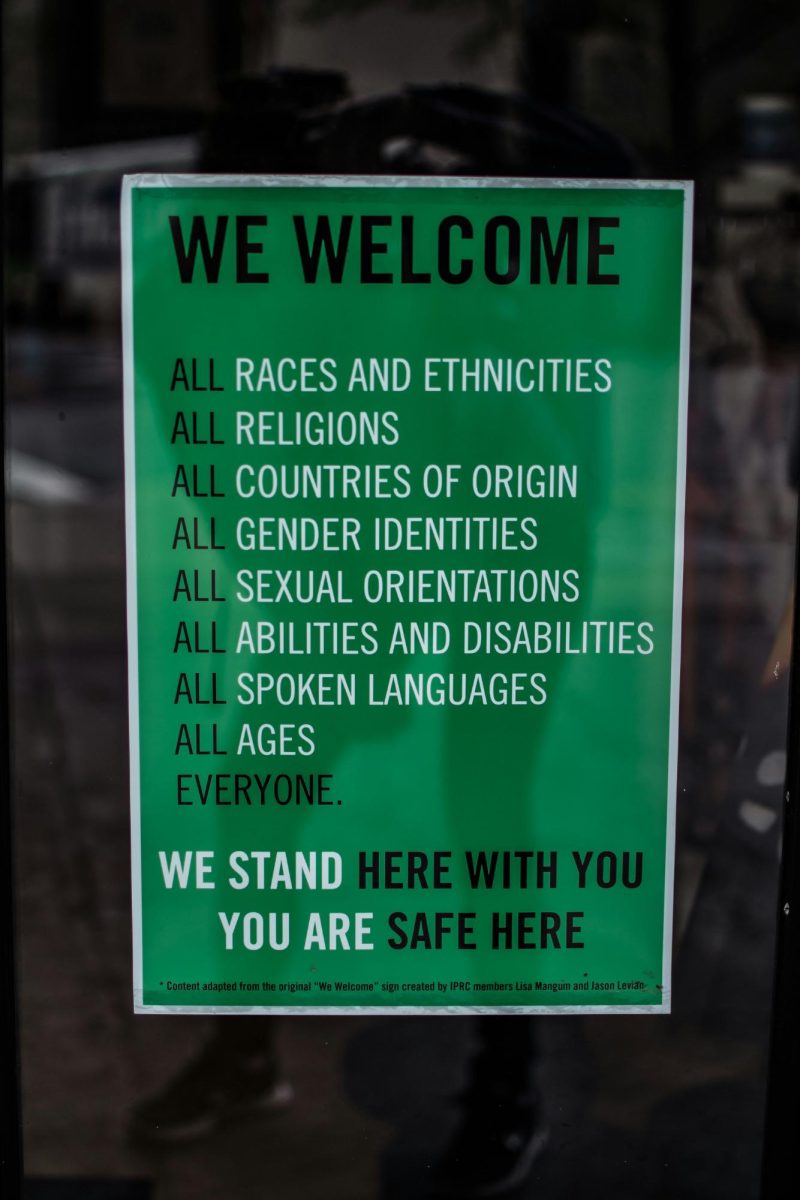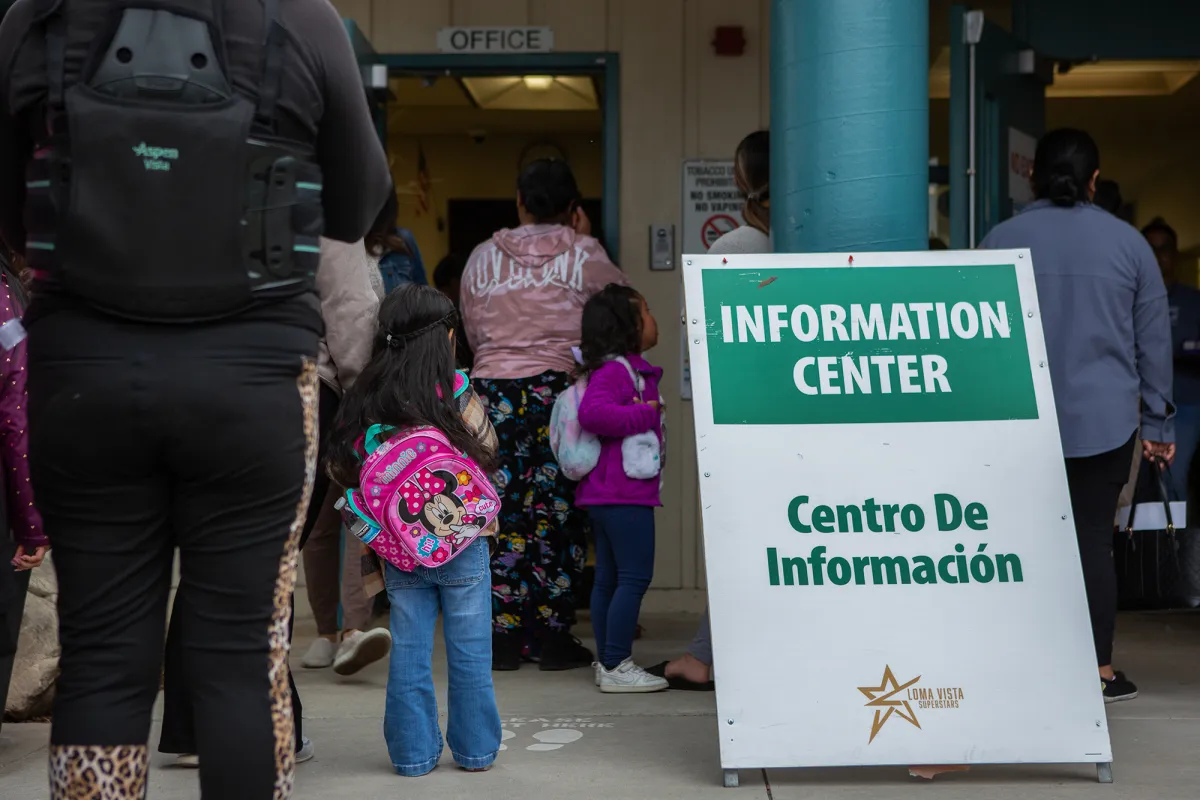America’s network of community colleges emerged at the beginning of the 19th century in an effort by the American government to offer higher education to ordinary citizens. While wealthy urbanites thrived in renowned institutions requiring multi-thousand dollar tuitions, the rural lower class could not progress beyond high school instruction. Community colleges have perpetually offered a career path to those who are most disadvantaged; and yet, today, cavalier American culture unfalteringly shames the free university system.
Betty Uribe ’11, one of Bishop O’Dowd’s many counselors with extensive knowledge of the advantages and drawbacks within all the variations of higher education, regards college culture fostered in high school as the heart of community college’s stigma. Uribe says that especially at paid preparatory schools like O’Dowd, the institution’s academic rigor leads students and their families to assume the direct path to a four-year college as the only suitable progression for a senior following graduation. Reinforced by social media that proudly compares and judges the colleges students are planning on attending, community colleges become shamefully labeled as a student’s “only option” or a smart kids’ safety school.
However, Uribe notes, stigma can be countered by the publication of public college’s numerous benefits. If high schools across the country begin hosting community college events for rising and current upperclassmen while simultaneously denouncing insults towards non-private colleges, more students will feel confident enough to consider community college options without fear of judgment, and social contempt surrounding the system will progressively dissipate. Public education’s discredit persists only when students are not acquainted with the network’s opportunities.
According to a study by Community College Review, the average tuition for an in-state resident to go to community college in California is around $1,246 per year in comparison to the $22,994 per year for California’s private colleges. Similarly, the average debt Californians graduate with after private college is over twice as high as the debt accrued after community college. Graduating with low debt benefits students for innumerable reasons; being debt-free after college allows for stable retirement funds and emergency savings, better credit scores for purchasing property, and career flexibility without the burden of thousands of dollars of debt to pay off.
Aside from financial benefits, public college offers a unique university experience allowing students to master managing work-life balance. Community college typically entails two years of classes in comparison with private university’s four-year curriculum; this means that community college is a lower commitment senior year of high school. If a student decides they want to enter directly into the workforce or proceed onto more years of education, both are possible in a short timeframe.
Community college presents a mosaic of skills overlooked by a nation plagued with the pathogen of classism. America’s educational evolution depends on the liberties gifted to each incoming generation of undergraduates; students derived from all backgrounds prosper beneath the dismantlement of public college’s stigma. Systemic elitism may be omnipresent, but every high school plays a part in supporting the switch and promoting free institutions.

